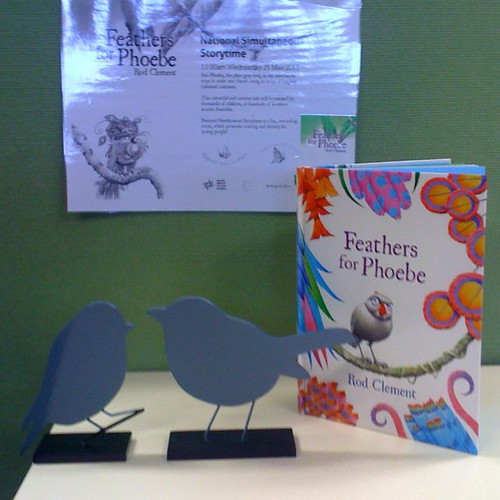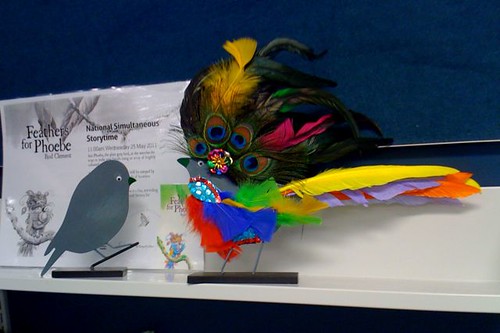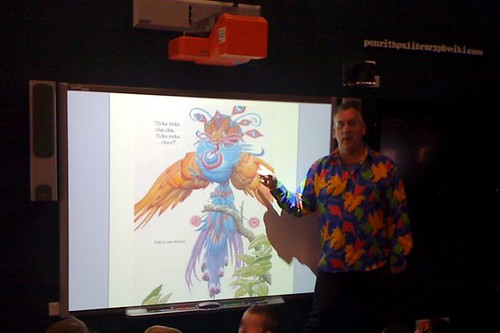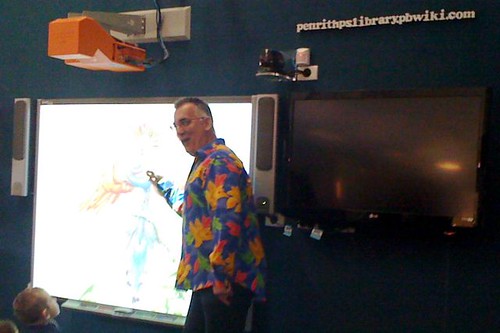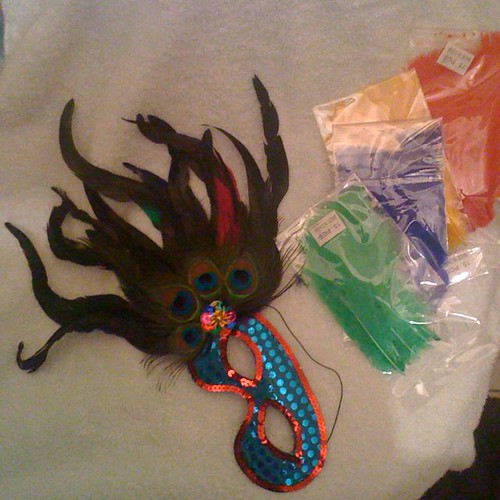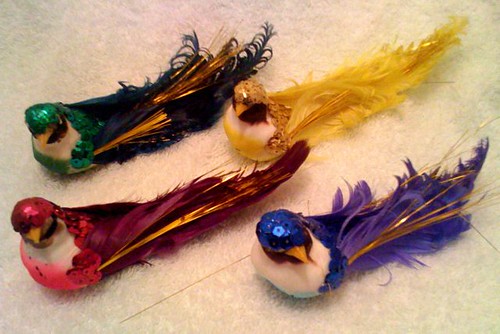Students in Early Stage 1 and Stage 1 have been studying the Aboriginal Dreaming Story of “How the birds got their colours”. This week, they are investigating birds. Our playground is currently well-populated with large crows (or ravens?) and the students have been enjoying (or being blamed for) their hilarious antics: tossing scraps out of the bins, stealing shiny rocks from a memorial garden, and frog-marching pigeons out of the playground.
I found some fascinating Youtube videos that demonstrate the intelligence of crows, as they complete an exercise involving a three-step plan, and then an eight-step plan.
Crow intelligence – multi-step tool action test
Are crows the ultimate problem solvers? – Inside the animal mind – BBC
Smart crow uses cars to crack nuts in Akita, Japan near Senshu Park
Remember Aesop’s fable of “The crow and the pitcher”?
Causal understanding of water displacement by a crow


